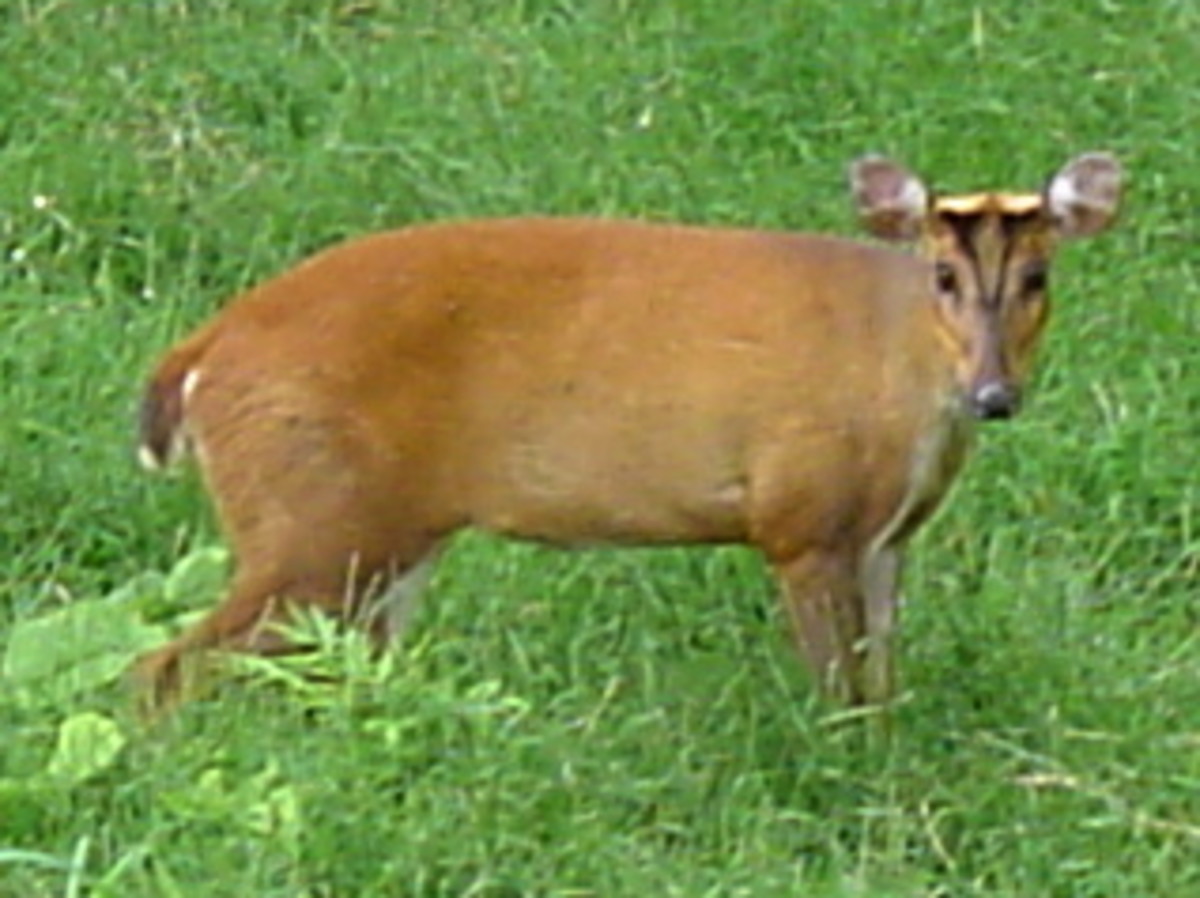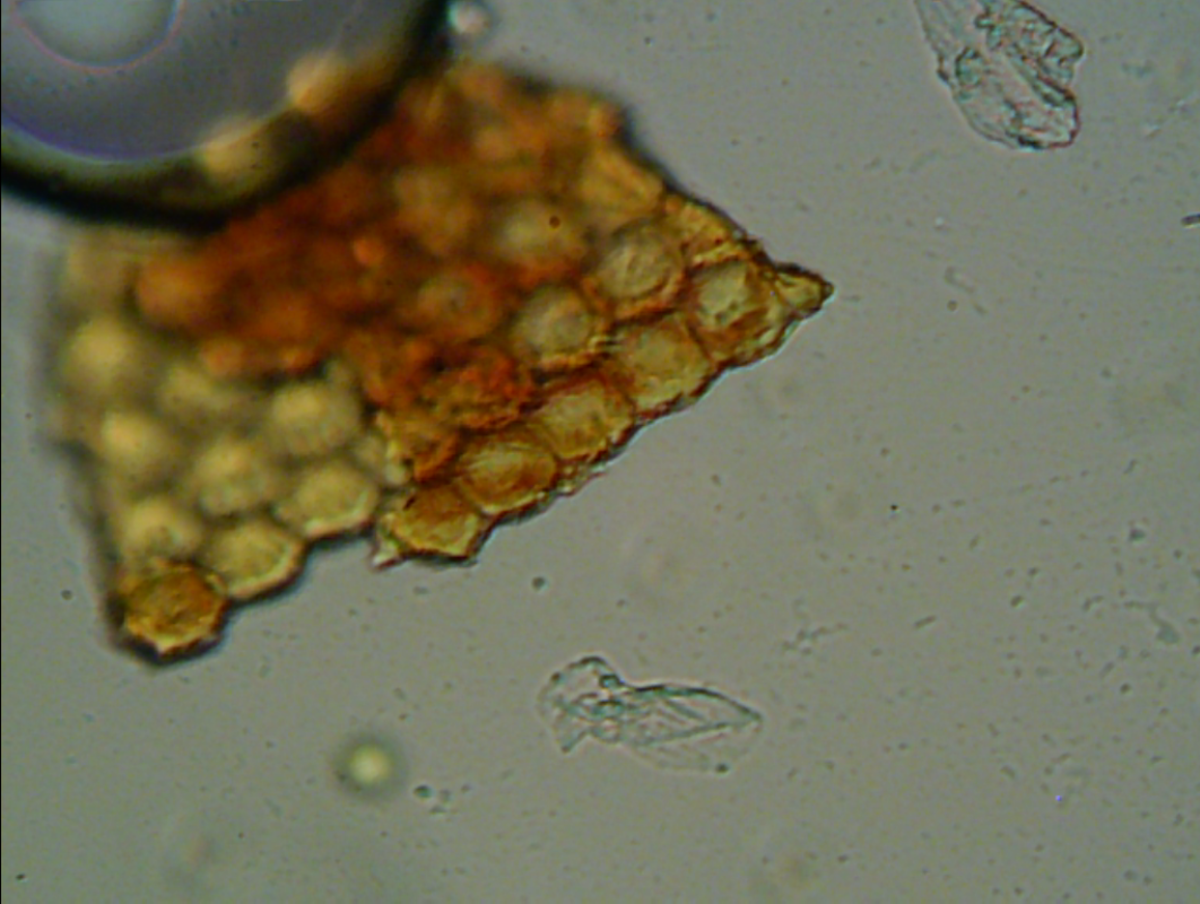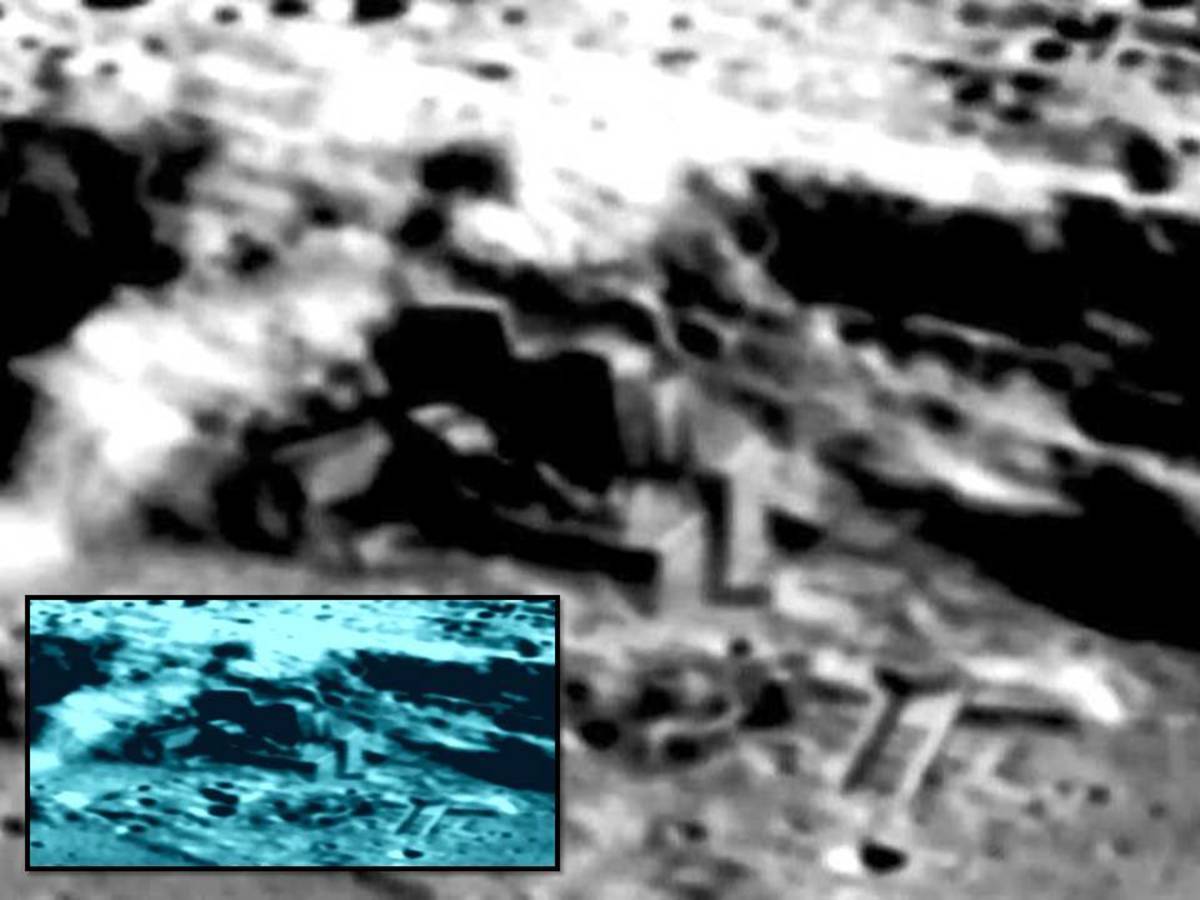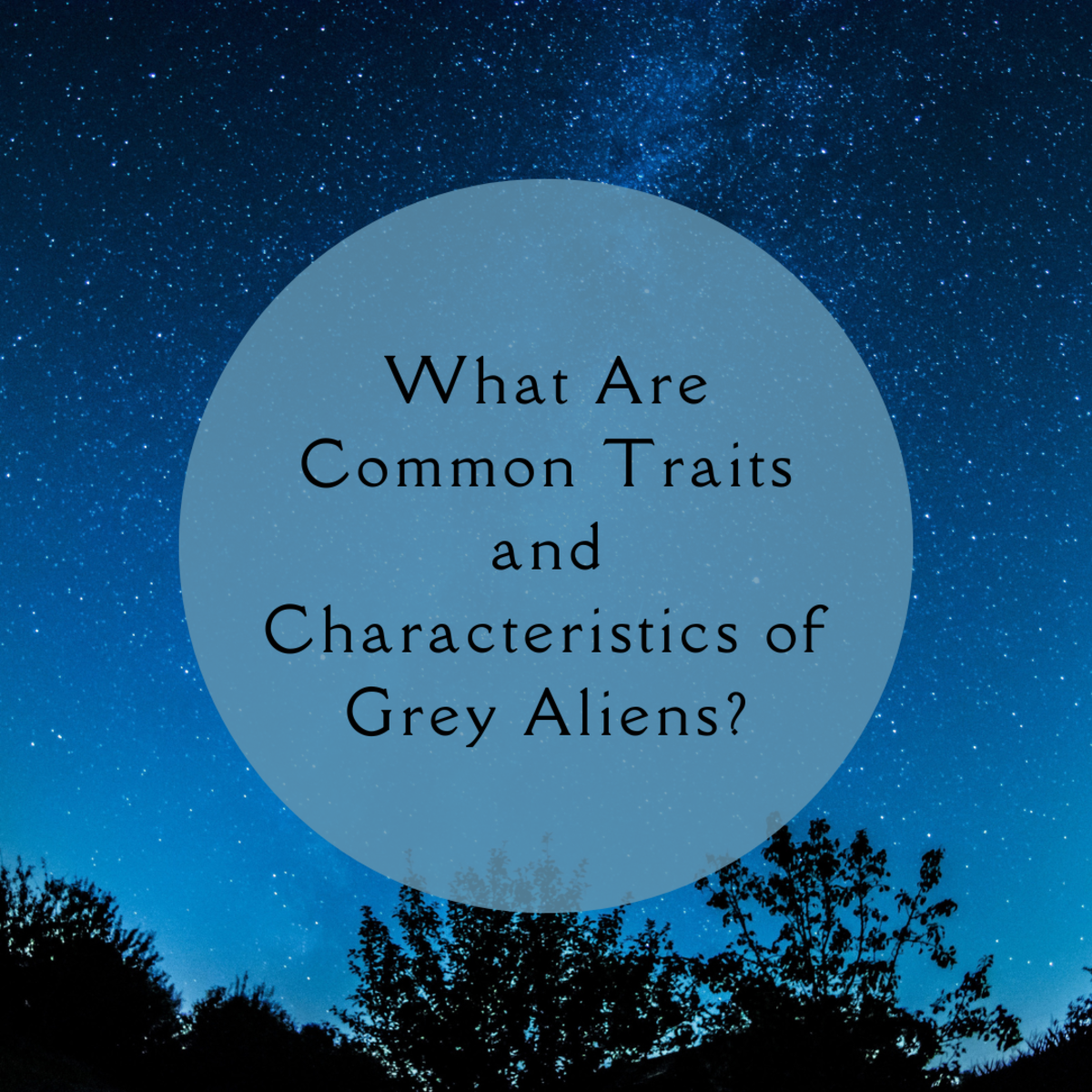Larry's Take on Extraterrestrial Biohazards

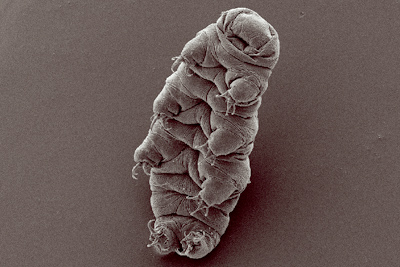
Extremophiles
Let's forget about the Klingons and Romulans of Star Trek fame. Some accidentally introduced extraterrestrials could give us real headaches. A few microorganisms could inadvertently find themselves in the soil sample collection module of some future space mission launched by NASA, or by the European Space Agency. If the decontamination measures for the returning spacecraft are not adequate, the beasties could cause big changes in Earth's ecosystems over time. Of course, I'm assuming that microorganisms do exist on at least one other world that's within our eventual reach.
How could life survive the rigors of space travel? It already has. Waterbears on our spacecraft have survived the extreme conditions of outer space for several days at a stretch. These tiny animals can get up to 1.5 mm in length. (1 inch = 25.4 mm)
http://en.wikipedia.org/wiki/Tardigrade
Extremophile bacteria are even more adaptable. They can survive in environments that we wimpy humans regard as quite hostile: in the scalding temperatures of hot springs, and in the pores of underground granite.
Deinococcus radiodurans can thrive in the highly radioactive environments of the coolant water in certain types of nuclear reactors. These highly adaptive bacteria are regarded as a nuisance.
Panspermia?
At the moment, Europa, a satellite of Jupiter, is a reasonable candidate for extraterrestrial life. There's evidence for an ocean underneath the ice there.
http://en.wikipedia.org/wiki/Europa_%28moon%29#Potential_for_extraterrestrial_life
Of course, water is an essential condition for life as we know it.
http://melpor.hubpages.com/hub/Water-Is-Needed-For-Life-To-Exist-In-The-Universe
I'm slightly less concerned about microorganisms from the Red Planet. Meteorites of putative Martian origin have been found on top of the ice in Antarctica, and they have undoubtedly fallen elsewhere. If they had transported Extremophile stowaways, those beasties would have had ample time to make their marks on our fair biosphere. Who knows? Maybe they already have. There's a name for this type of scientific speculation.
"Panspermia . . . is the hypothesis that life exists throughout the Universe, distributed by meteoroids, asteroids and planetoids."
http://en.wikipedia.org/wiki/Panspermia
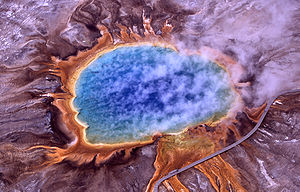
Impacts of Earthly invasive species
Whenever living organisms are deliberately or accidentally introduced to new environments, there's a potential for ecological disruption, for loss of biodiversity, and for economic losses to people. Here are some mundane examples that do not involve extraterrestrials. Small Australian mammals and birds are vulnerable to feral cats and to imported Red Foxes.
Also in Australia, the Northern Hairy-nosed Wombat (NHW), of Queensland, is teetering on the brink of extinction in its native habitat. Apparently NHWs do not regard the African Buffel Grass that has found its way into their home range as an ice cream species. And the invading species is crowding out some of the tastier native grasses.
http://en.wikipedia.org/wiki/Northern_Hairy-nosed_Wombat
Caulerpa taxifolia is a marine algae that's native to the Indian Ocean. At one time, Caulerpa was a popular addition to home aquariums. However a mutant form somehow found its way into the waters of the Northern Mediterranean. Unfortunately, the native sea animals there cannot eat mutant Caulerpa. And the infestation may continue to spread. It's too early to predict the total long-term ecological impact of Caulerpa in the Mediterranean. It may even turn out to be a mixed blessing.
http://en.wikipedia.org/wiki/Caulerpa_taxifolia
Zebra Mussels were probably introduced into the Great Lakes from ballast water released from cargo ships that had transported the critters from the Black Sea. There were no natural Zebra Mussel predators in the new environment before transatlantic shipping. Zebra Mussels are also a mixed bag. Yes, they're crowding out some native species. They're a nuisance. And they're spreading South. However they also clear some pollutants from the water.
http://en.wikipedia.org/wiki/Zebra_Mussels
Round Gobies are another invasive species introduced into the Great Lakes from the Black Sea. The good news is that these small fish eat Zebra Mussels. At the moment, we don't have enough information to evaluate their total environmental impact in the Great Lakes.
http://en.wikipedia.org/wiki/Round_goby
Will the spread of invasive Earthly species cause a worldwide ecological disaster? If so, I'd like to see the evidence for that speculation.
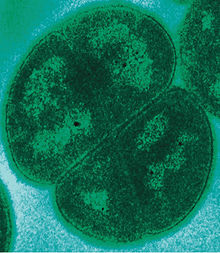
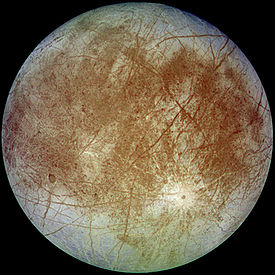
Permian extinction, anyone?
Some hysterical environmentalists claim that we evil humans are causing a global mass extinction. Unfortunately for their glorious cause, that glittering generality has not applied to mammals and birds on the major continents within the last several centuries. Here's a quote from the abstract of a recent scientific publication on the subject.
"We examined historical extinction rates for birds and mammals and contrasted island and continental extinctions. Australia was included as an island because of its isolation. Only six continental birds and three continental mammals were recorded in standard databases as going extinct since 1500 compared to 123 bird species and 58 mammal species on islands. Of the extinctions, 95% were on islands. On a per unit area basis, the extinction rate on islands was 177 times higher for mammals and 187 times higher for birds than on continents."
Loehle, Craig, and Willis Eschenbach. 2011. Historical bird and terrestrial mammal extinction rates and causes. Diversity and Distributions. doi: 10.1111/j.1472-4642.2011.00856.x
However frogs and other amphibians are taking a hit, because of a fungal disease, Chytridiomycosis, that we've inadvertently spread. But I digress.
Here's a link for a long article on the Permian extinction, which is regarded by many as the biggest ecological disaster of all time.
http://en.wikipedia.org/wiki/Permian%E2%80%93Triassic_extinction_event
Hat-tip to Deborah for suggesting the title of this section.

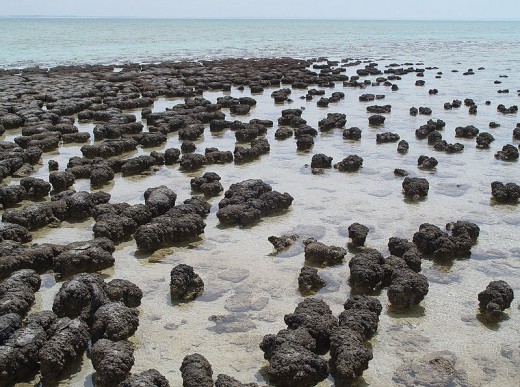
Through the Looking-Glass
Through the Looking-Glass is a sequel to Lewis Carroll's more famous novel, Alice's Adventures in Wonderland. Time will tell if the literary allusion is appropriate for extraterrestrial biohazards.
Many biochemical molecules are chiral, or asymmetric. And the 'handedness' of a molecule determines the direction in which it rotates plane polarized light. By convention, the various sugars that we consume are classified as right-handed. We call these D-sugars. By the same convention, most of the alpha amino acids in common proteins that we eat are classified as being left-handed, and they're known as L-amino acids.
The single exception is the smallest alpha amino acid, glycine, which is not chiral and not optically active, since it is symmetric.
If we took a 'molecular saw', and cut it in half, the two parts would be mirror images of each other. (See the graphic.) Not so for the other aminos in common foods.
Some components of DNA are also optically active.
There's no Law of Nature, which says that Earthly life-forms, with their D-sugars and L-amino acids are the only way that life could have evolved on other worlds.
Let's talk about Cyanobacteria. These primitive beasties are the smallest free-living organisms that can perform photosynthesis. Cyanobacteria live in the ocean, and sometimes they form slowly-growing colonies on rocks near the seashore. These colonies are called Stromatolites. Some Stromatolite remains date to the Precambrian Era, and qualify as the earliest known fossils. Stromatolites are still growing in Shark Bay, Western Australia.
Now suppose that mirror-image Cyanobacteria, with L-sugars and D-amino acids, evolved on a distant planet, and suppose further that they hitch a ride on a meteor, and plunge into our ocean. They'd have a survival advantage over ordinary Cyanobacteria, because conventional digestive enzymes of marine animals work most effectively on L-amino acids and D-amino acids.
If we detected the mirror-image Cyanobacteria early on, we'd see some very interesting parallel evolution taking place, over time. Assuming negligible interaction with the ordinary life forms, eventually most of the photosynthetic plant biomass in our oceans (and in the Great Lakes) would become mirror-image, and not particularly useful to us, or to the fish that we enjoy eating. The chiral biomass ratio would even up a bit when mirror-image sea animals evolved, over many millions of years.
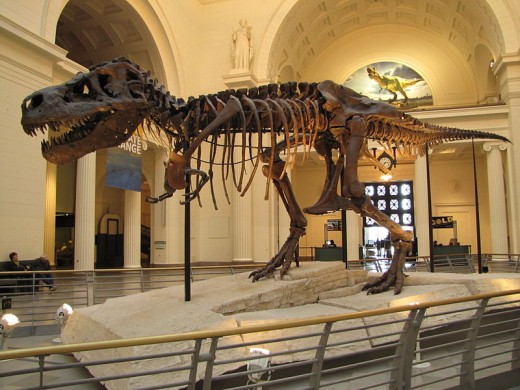
What about a mirror-image Jurassic Park?
I've read the novel and seen the first two movies. At first, I was very impressed with the late Michael Crichton's attention to detail. Then an online friend, who is a dinosaur buff, informed me that Velociraptors were only turkey-sized. Oh well.
But still there's a nagging question: What if we could bring back mirror-image dinosaurs from another world, and put them on an island? They would have an extremely difficult time adapting to an Earthly diet. Yes, the mirror-image Tyrannosaurus rex could eat Earthly dietary fat, because it's not chiral. But protein would be a different story.
If a T rex got loose, it could survive for a short time by eating cattle, because fat is not chiral. But eventually, it would die of protein deficiency. The plant-eating dinosaurs would have an even more difficult time.
If we wanted to set up a mirror-image Jurassic Park, we'd need to bring back some yummy mirror-image vegetation, for the herbivorous dinosaurs. Speaking of vegetation...
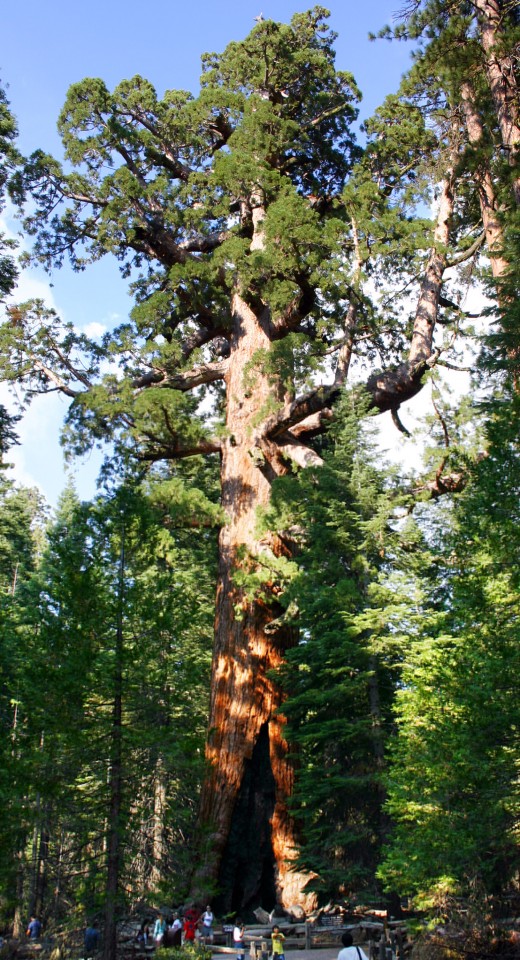
What about trees?
Mirror-image plants may have limited commercial application. How so?
The wood from some Earthly trees have impressive insect resistance. I've seen a Giant Sequoia log in Northern California that fell over during the Civil War. There was some moss on the outside, but the trunk was largely intact after all of these years.
Mirror-image trees should be even better in that respect. Bark beetle munches mirror-image tree. Bark beetle gets severe indigestion. Bark beetle dies.
And we won't need Warp Drive to fetch economically useful mirror-image trees from worlds that are light-years away. In principle, we can create them with Genetic Engineering (GE). However there is a catch.
Some trees have formed symbiotic relationships with fungi and microorganisms in the soil. If some particular tree needs chiral molecules from soil biota, then it would not be a good candidate for mirror-image GE.
Conclusion
There are three scenarios for extraterrestrial life forms dining on Restaurant Earth. First, if the introduced ETs are completely dissimilar to life as we know it--for example, if they're silicon based rather than carbon based--then all bets are off.
In the second scenario, suppose that the newly-landed ET life forms are biochemically similar to Earthly life forms. In that case, our best bet would be to study the histories of invasive species here, in order to gauge the magnitudes of their impacts, and to evaluate possible mitigation strategies.
In the third scenario, mirror-image ET life forms find their way to our fair planet. Mirror-image animals would quickly die out, because there's precious little that they could eat here. But some mirror-image, highly insect-resistant plants could become super-weeds, as our very own Caulerpa taxifolia has proven to be in the Northern Mediterranean.
That's why we should take reasonable precautions if a real-life Worf parks his personal spacecraft in an Earth orbit, with the intention of becoming the first official Klingon tourist. We should request a hair sample, in order to determine the chirality of the amino acids that comprise his hair proteins. If their handedness is the opposite of Earthly aminos, we should give him a pair of authentic Earth-made shoes to wear on his visit. We should also insist that he bring most of his own food with him; and that any fruits, veggies, or grains be thoroughly cooked before he leaves the spacecraft. However he could eat Earthly fats and oils.
Of course, importing a mirror-image Jurassic Park from an alien world would be a monumentally bad idea!
Putting things into perspective, mirror-image plant life is not necessarily all bad news. With reasonable precautions in place, mirror-image trees could have some usefulness as sources of ultra-long-lasting wood that's highly insect-resistant. Moreover we wouldn't need to import mirror-image trees from some hypothetical Earth 2.0; they could be genetically engineered.
Copyright 2012 by Larry Fields


